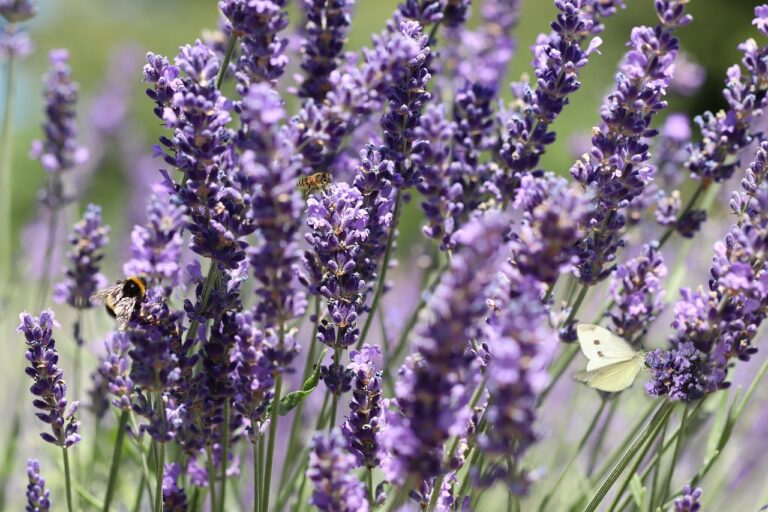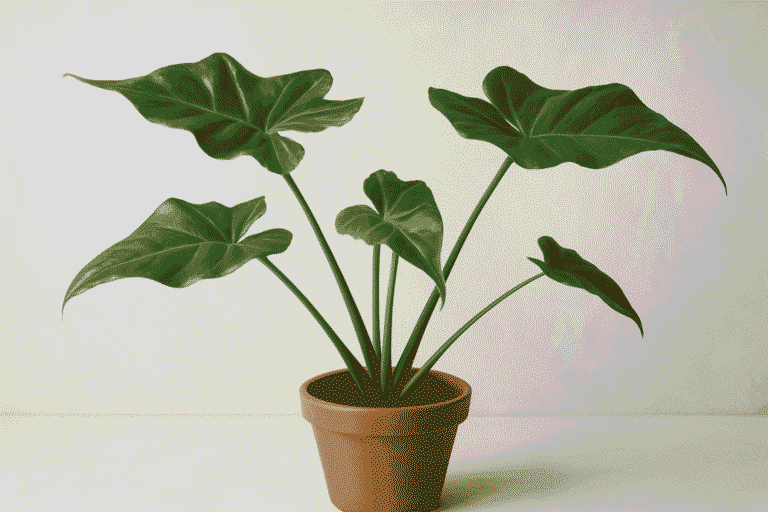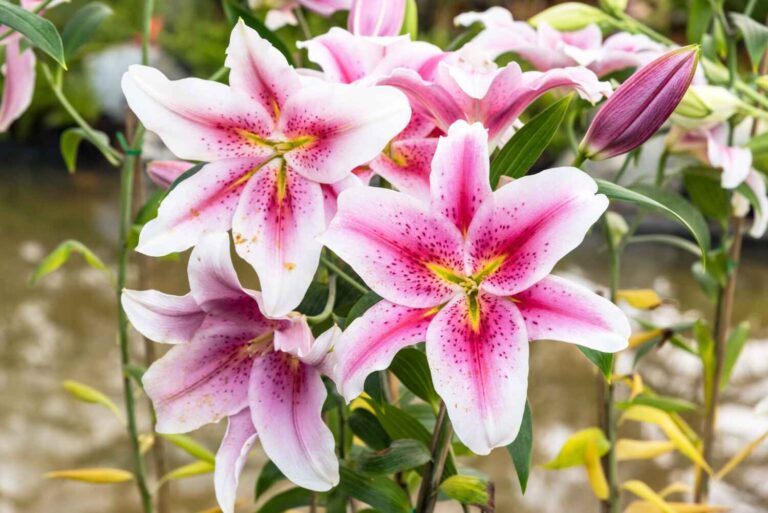Rose Seeds- How to grow roses from seeds
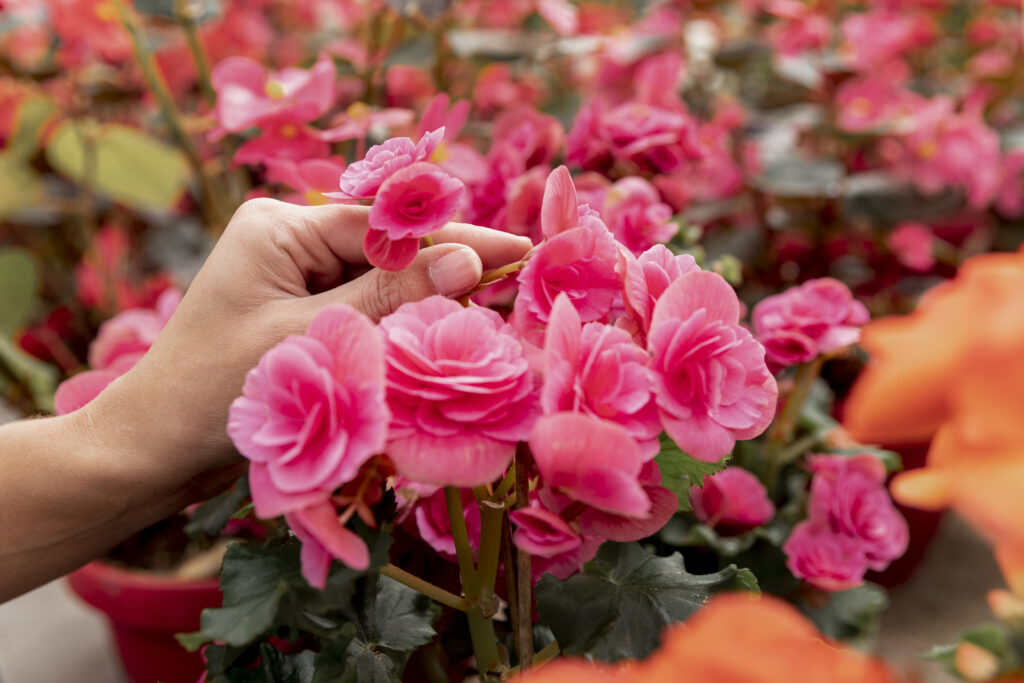
Rose Seeds– How to grow roses from seeds – Growing roses from rose seeds is the most economical means of expanding your garden. It also gives you the opportunity to try unusual varieties that may not be available as ready-to-plant bushes. Though it can take weeks or even months to germinate, the pleasure of witnessing your roses blossom from seed is beyond compare.
This guide will teach you everything you need to know about growing roses from seeds, including:
- How to source and prepare rose seeds
- The importance of stratification (a cold treatment for germination)
- Step-by-step planting and care tips
By the end, you’ll feel confident and ready to grow your own roses from seeds. Whether you want to enhance your garden or create something truly personal, starting with rose seeds is a journey worth taking. Let’s dive in!
Tools required to plant a rose seed
Planting rose seeds doesn’t require an elaborate setup, but having the right tools can make the process smoother and more successful. Whether you’re a beginner or an experienced gardener, these tools will help you prepare, plant, and nurture your rose seeds with ease.

Here’s what you’ll need:
- Seed Trays or Small Pots: Ideal for starting your rose seeds indoors. They provide a controlled environment for germination.
- Good-Quality Potting Mix: A well-draining potting mix enriched with nutrients will give your seeds the best chance to sprout.
- Spray Bottle: Useful for gently watering the soil without disturbing the seeds.
- Plastic Wrap or Humidity Dome: Helps retain moisture and create a greenhouse effect during germination.
- Gardening Gloves: Keeps your hands clean while working with soil and seeds.
- Labels or Markers: Essential if you’re planting multiple varieties of rose seeds.
- Tweezers (Optional): Handy for handling small seeds during planting.
Having these tools ready will make the planting process straightforward and enjoyable. With the right tools and a little patience, you’ll soon see your rose seeds sprouting into beautiful rose plants.
Best type of soil for roses
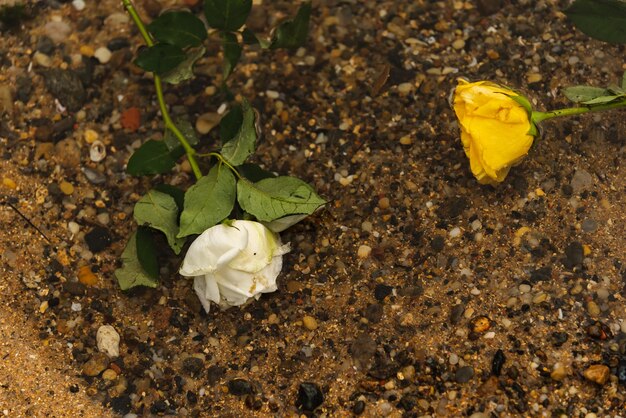
Best soil for roses, for healthy growth and vibrant blooms More specifically, roses prefer a soil that combines nutrients, drainage, and moisture retention to support strong root growth.
Loamy is the ideal soil for roses — a combination of sand, silt and clay. Such soil provides good drainage while retaining sufficient moisture to keep the roots hydrated. They appreciate a loamy soil with a pH of between 6.0 and 6.5. You can also amend your soil by adding organic matter such as compost or well-rotted manure if it is too alkaline or acidic.
Roses love good full-of-organic-matter garden soil. Each soil compost, peat moss or aged manure has the capability of improving soil texture, providing essential nutrients and increasing soil water holding capacity. Mulching around the base of your plants can also help retain moisture and regulate soil temperature.
Avoid heavy clay soils that may compact and hamper drainage or highly sandy soils that may not hold the nutrients required for plants to thrive. The right soil for roses will keep your plants healthy and your garden happy as you are rewarded with these beautiful blooms.
Flowering Time for Roses: A Guide to Perfect Rose Timing
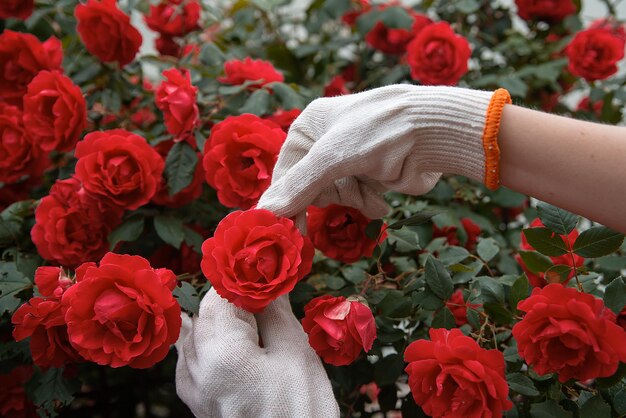
Knowing when to expect roses to bloom is critical to enjoying their big show at the proper time. Petals Fall offers blooms in multiple seasons as one branch of roses are versatile. Knowing what’s coming when allows you to plant your garden for season-long color and fragrance.
Overall, flowering time for roses depends on the rose type and local climate. Modern roses, including hybrid teas and floribundas, bloom continuously throughout the growing season from late spring through early fall. These types are ideal if you are wishing for a garden filled with flowers for weeks.
There are traditional types, such as old garden roses or species roses, which are usually one-time bloomers per season, always late spring or early summer. Their period of bloom is shorter, but their abundance of florals and heavy fragrance makes up for it.
Sunlight, pruning, and fertilization can also affect timing.) Flowers require approximately 6–8 hours of sun exposure every day to bloom regularly. A well-timed early spring prune promotes growth and flowering, and, as you can imagine, feeding regularly with a rose-specific fertilizer increases flowering too.
How much sun does a rose need to grow?
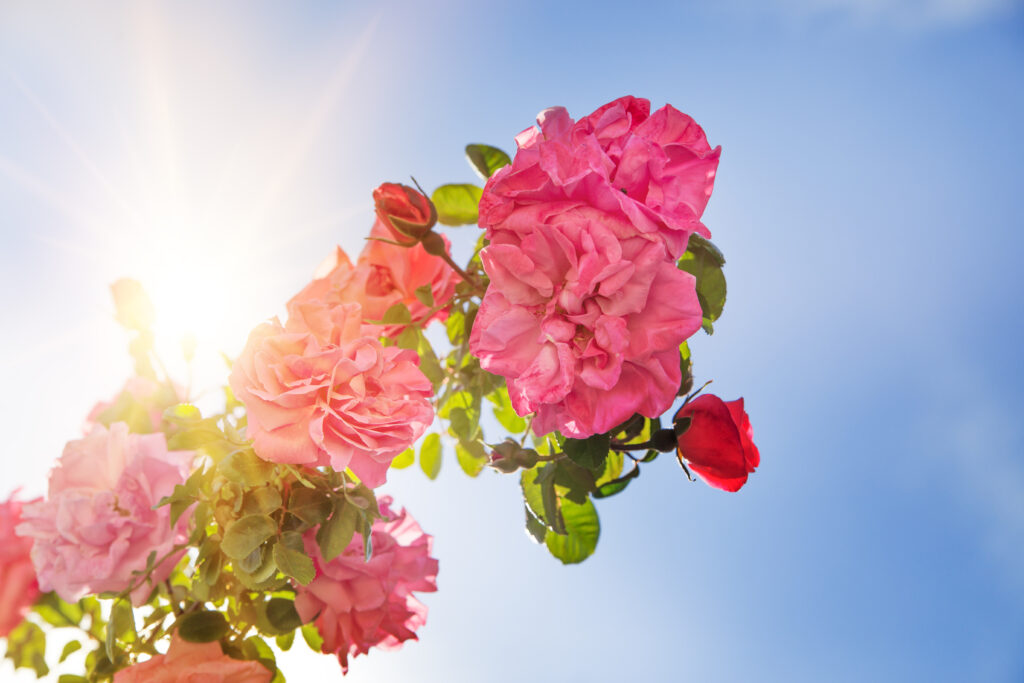
Roses use sunlight to fuel their growth, produce vibrant blooms, and maintain overall plant health. When roses receive adequate sunlight, they reward you with abundant flowers and strong stems. Morning sunlight is particularly beneficial as it helps dry off moisture on the leaves, reducing the risk of fungal diseases.
While roses love the sun, some varieties can tolerate partial shade, especially in hotter climates where intense afternoon sun might cause heat stress. In such cases, providing shade during the hottest part of the day can protect the plants.
If your garden has limited sunlight, consider planting shade-tolerant rose varieties like English roses or some climbing roses. However, roses grown in partial shade may produce fewer blooms compared to those in full sun.
In summary, roses need plenty of sunlight to grow and thrive. Ensure they’re planted in a spot where they can soak up the sun, and you’ll be rewarded with stunning, healthy blooms.
When to prune roses ?
Knowing when to prune roses is essential for maintaining their health and encouraging beautiful blooms. Pruning at the right time helps remove dead or damaged wood, promotes new growth, and shapes the plant for better airflow and sunlight exposure.
The ideal time to prune roses largely depends on the type of rose and your local climate. In general, the best time is late winter to early spring, just as new growth begins. This timing ensures that you’re pruning before the plant starts its active growing season, giving it the energy to produce fresh stems and flowers.
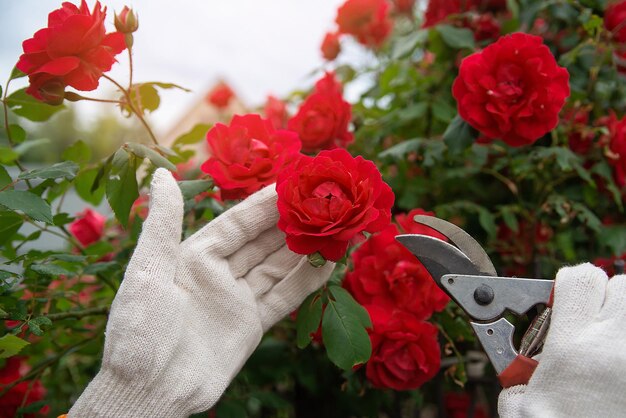
For most roses, look for swelling buds on the stems as a sign that it’s time to prune. In warmer climates, this might happen as early as January, while in cooler regions, it could be February or March.
Summer-flowering roses, like hybrid teas or floribundas, benefit from regular pruning after the first flush of blooms to encourage repeat flowering. However, avoid heavy pruning in fall or late summer, as it can encourage tender growth that may not survive winter.
By understanding when to prune roses, you can ensure healthy, vibrant plants that bloom beautifully throughout the growing season. Proper pruning is the key to a thriving rose garden!
Essential Rose Maintenance Needed for Healthy Growth
If you want a thriving rose garden bursting with color, you have to perform to them regularly. Learning how to care for a rose plant can help your plants stay healthy, disease-free, and beautiful all season long.
Critical rose care elements to keep your flowers at their best:

- Watering: Roses need consistent moisture, especially during the growing season. Water 1-2 times a week, water the roots not the leaves to prevent diseases.
- Fertilizing: Feed your roses with a balanced rose fertilizer every 4-6 weeks during the growing season. This will give them the nutrients they need to grow healthy and bloom big.
- Pruning: Prune in late winter or early spring to remove dead or weak stems, to promote air circulation and to shape the plant. Deadhead throughout the season to encourage repeat flowering.
- Pest and Disease Control: Watch out for aphids, black spot and powdery mildew. Use organic solutions or sprays to control pests and diseases.
- Mulching: Mulch around the base to retain moisture, regulate temperature and reduce weeds.
By following these you will give your roses all the maintenance they need to grow healthy and bloom big.
Time of Year Rose Bloom: Understanding Seasonal Changes
The time of year for rose bloom can vary depending on the type of rose and your climate. Roses are adaptable plants and understanding their seasonal blooming habits will help you plan and maintain a blooming garden all year.
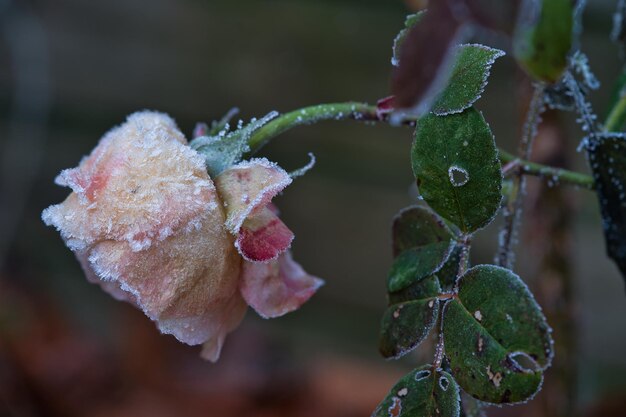
Most roses start blooming in late spring around May when the weather warms up. This is the main bloom time for many rose varieties. Modern roses like hybrid teas, floribundas and grandifloras are repeat bloomers and will produce flowers from late spring to summer and into early fall, often blooming every 4-6 weeks.
Old garden roses and some species of roses only bloom once a year, in late spring or early summer. While their bloom time is shorter, they often produce lots of fragrant flowers during that time.
In warmer climates roses may start blooming earlier in spring and go later into fall, in colder climates the bloom time is shorter. Proper care, watering, fertilizing and pruning can help extend the bloom time.
By knowing the time of year rose bloom, you can have a garden full of color and fragrance all season. Roses really shine when you get into their seasonal rhythm!
Overview
Going through this amazing process of growing rose seeds is a great journey Here’s a brief overview of the important steps for Rose Seeds- How to grow roses from seeds successfully:
Seed-Web-Collect or Purchase Rose Seeds: Obtain quality rose seeds from a trusted source or collect seeds from rose hips in your garden
Prepare the Seeds: Start by thoroughly cleaning the seeds to remove any pulp, then soak them in water for 24 hours.
Stratify: You can also try to mimic natural winter conditions by wrapping the seeds in a moist paper towel and putting them inside of a plastic bag to refrigerate for about 6-12 weeks. This is a critical step for germination.ts
Plant the Seeds: A Good Tip After the stratification, you can plant seeds in seed trays or small pots with well-drained, rich potting soil. Cover lightly with soil.
Give Them the Care They Need: Keep the soil moist but not soggy, and put the pots in a sunny location, presuming 70°F (21°C).
Transplant the Seedlings: When seedlings have sprouted to a few inches tall with good root growth, they can be stepped up into larger pots or transplant into your garden.
With the right steps, you can get some beautiful roses seeds, and enjoy them right from the start!
Conclusion
From seeds to gorgeous roses is a fulfilling and exciting experience that allows you to see the grand beauty of these wonderful flowers right from the start. Although patience and care will be required, it is a rewarding opportunity for the growing of your rose plants and to take pleasure in their wide variety of blooms in the garden.
Rose Seeds- How to grow roses from seeds, By choosing the right rose seeds, preparing and stratifying them, providing them proper care, and finally transferring seedlings to your garden, you can grow roses from seeds, and thus enjoy a center of attraction in your garden. Always remember that roses love sunshine, soil, water, and maintenance, and watch out for these aspects from time to time in the growing season.
For any rose lover looking to add to their collection or intending to gift something that comes from the heart, or for the sheer pleasure of raising flowers from scratch, this journey from seed to rose is truly worthwhile. With care, time, and proper attention, you’ll have beautiful blooms that will electrify your garden for years to come. Good gardening, and may your rose-growing journey be filled with beautiful blooms and wondrous success!
Frequently Asked Questions
Loamy, well-drained soil rich in organic matter is the best for growing roses.
Roses typically bloom from late spring to early fall, with some varieties flowering repeatedly throughout the season.
Make sure your soil is kept consistently moist and check the temperature. Beets prefer cooler soil for germination.
Prune roses in late winter or early spring, just as new growth begins, to encourage healthy blooms and shape the plant.
Watering, Fertilizing, Pruning, Pest Control, Mulching.
Roses typically bloom from spring to early fall, depending on the variety and growing conditions.
Table of Contents
- Rose Seeds- How to grow roses from seeds
- Tools required to plant a rose seed
- Best type of soil for roses
- Flowering Time for Roses: A Guide to Perfect Rose Timing
- How much sun does a rose need to grow?
- When to prune roses ?
- Essential Rose Maintenance Needed for Healthy Growth
- Time of Year Rose Bloom: Understanding Seasonal Changes
- Overview
- Conclusion
- Mona Lavender Plant: Complete Growing Guide for Beginners
- Alocasia Stingray Plant Guide: Tips for Healthy Growth
- Pink Lilly Flower: Growing and Caring for Pink Lillies

